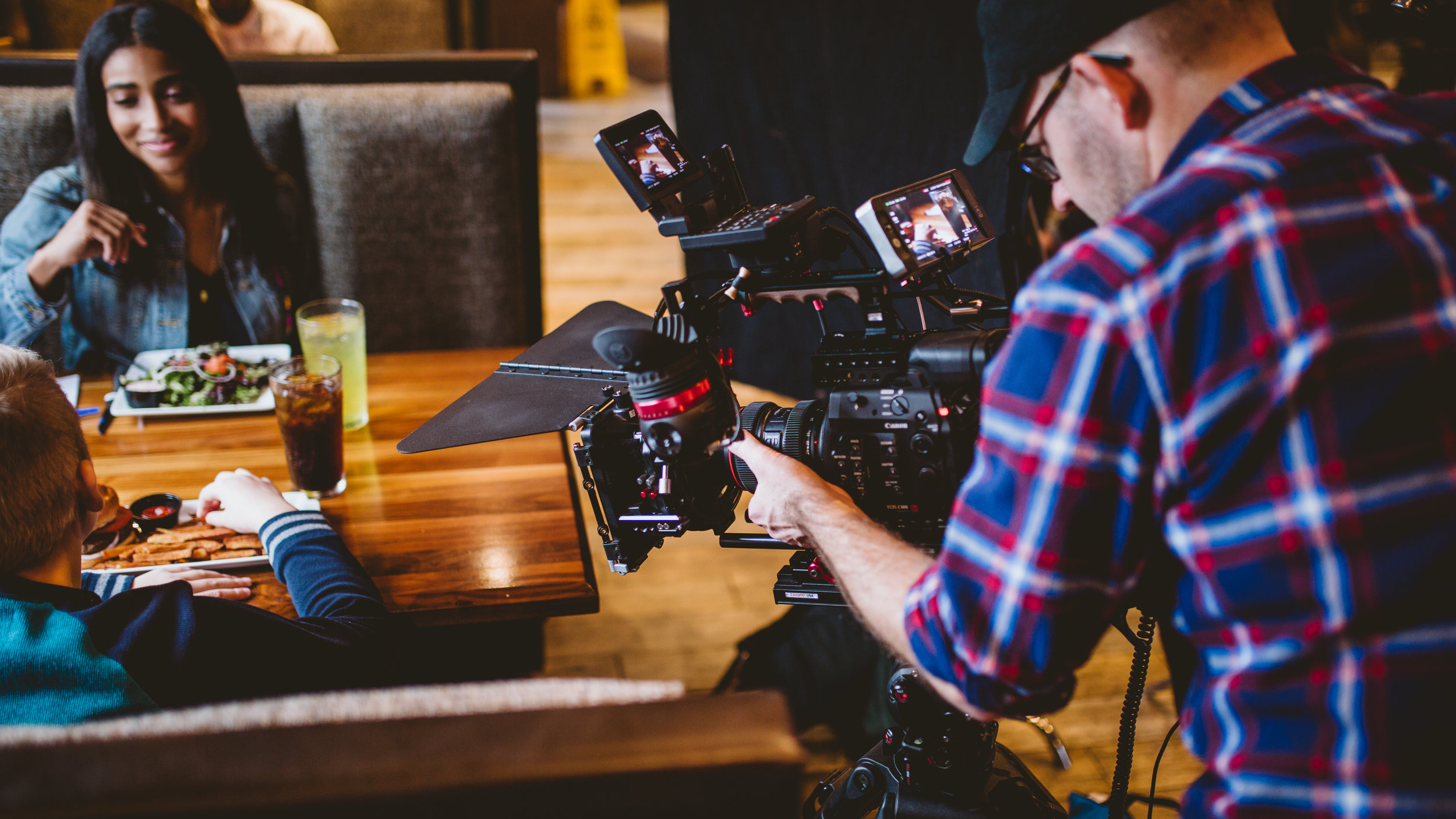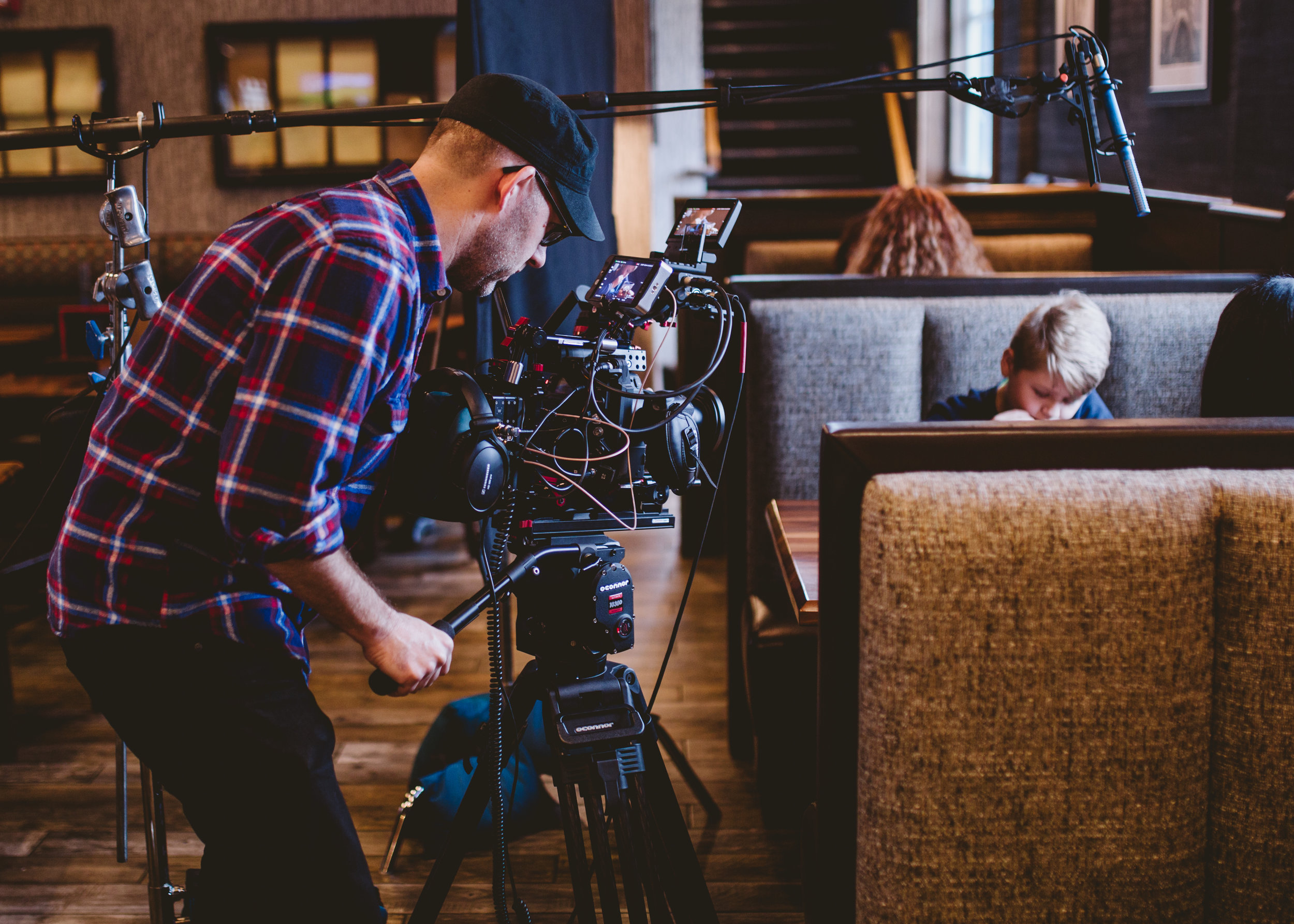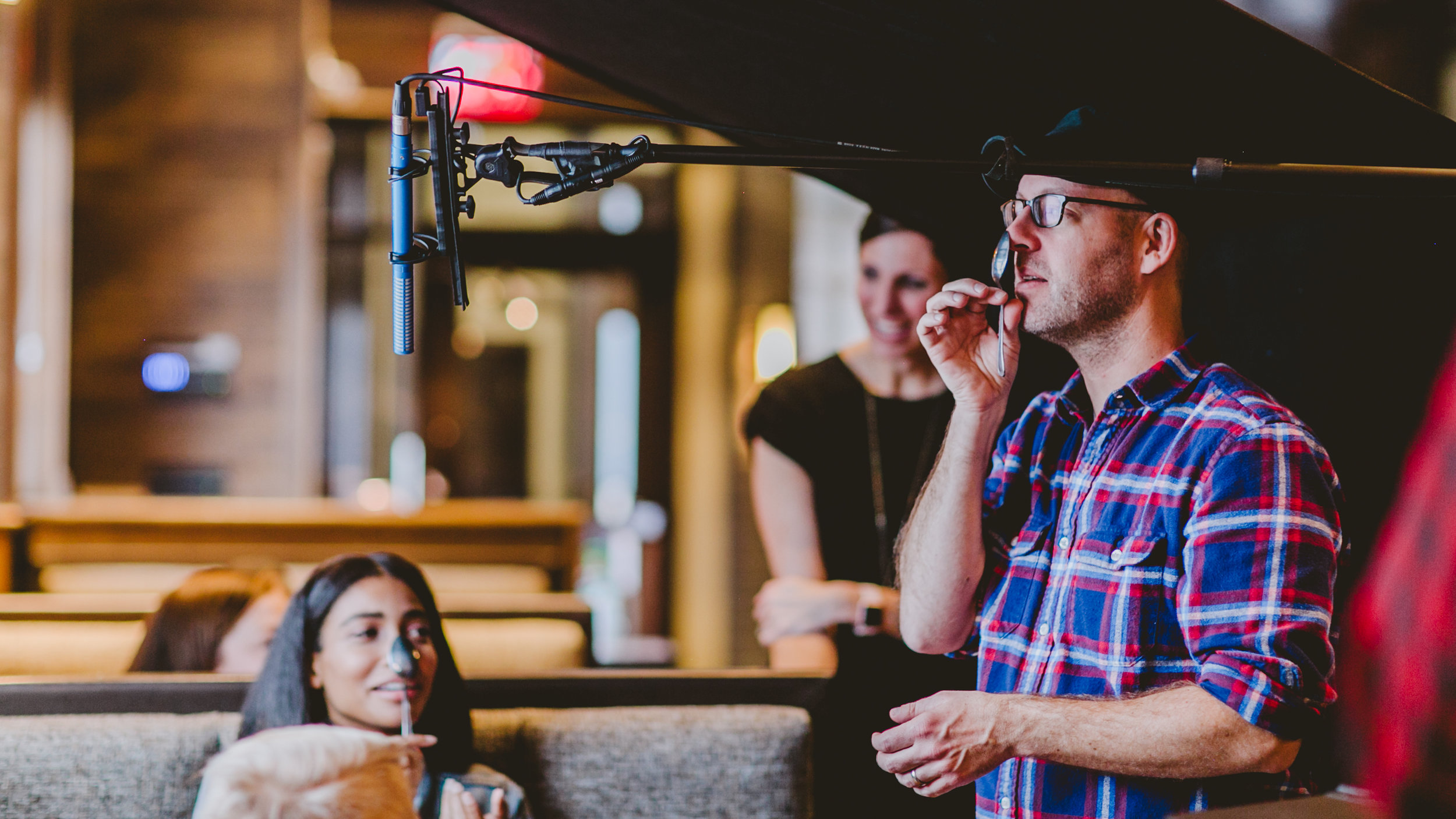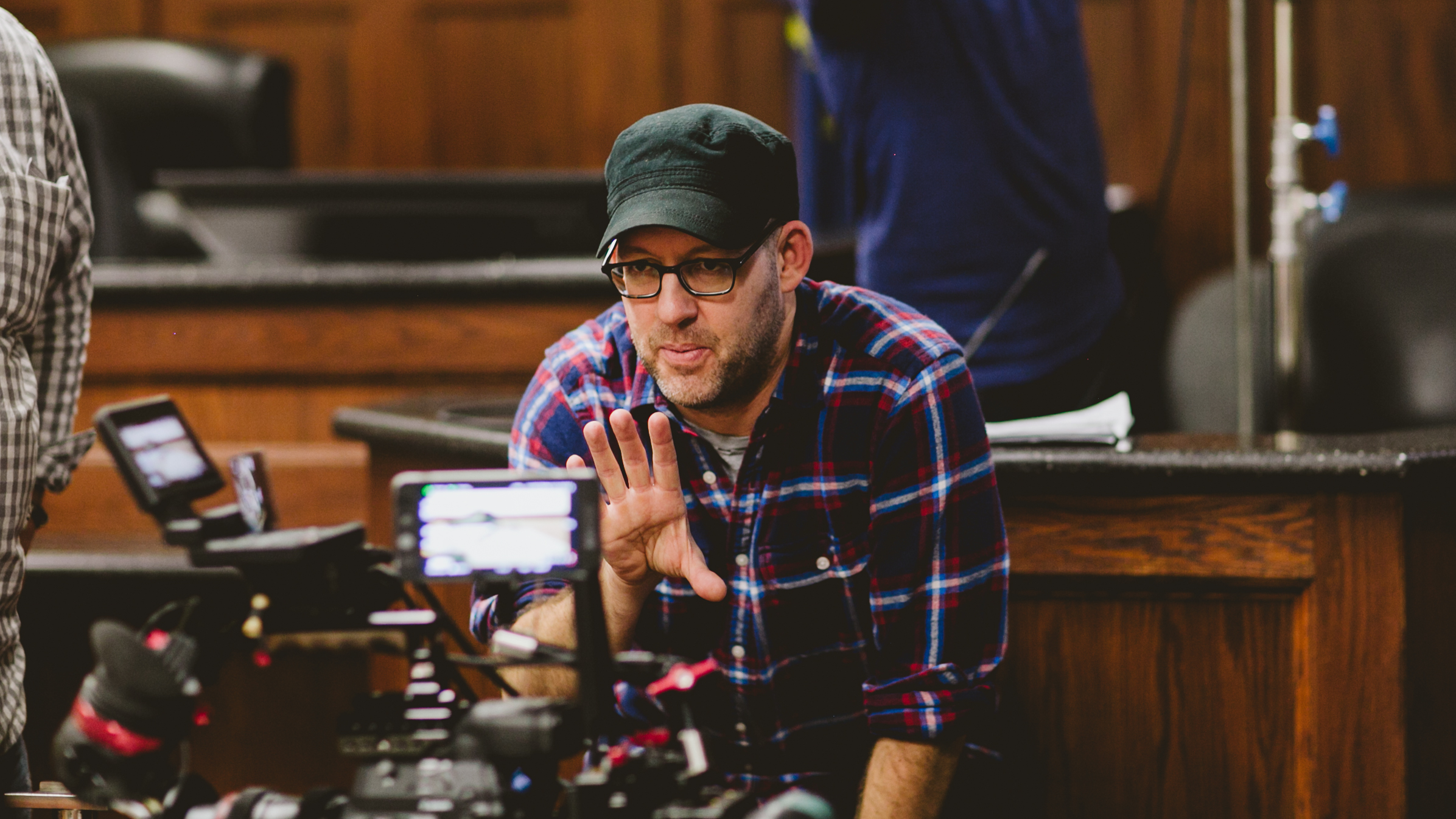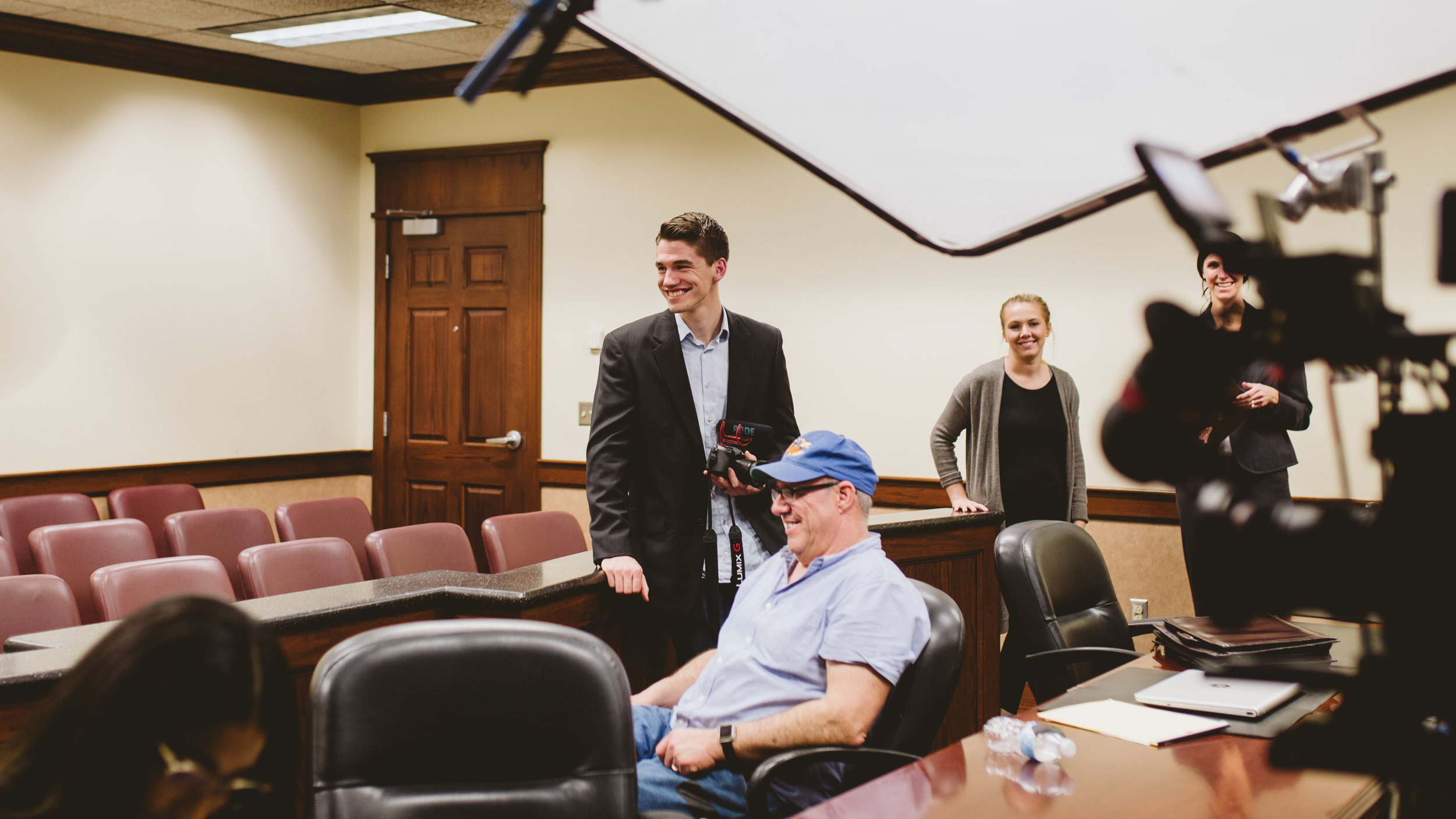I had the opportunity to use the O'connor Ultimate 1030D tripod system on a recent short film I DP'ed and directed. I needed a beefier system for my current camera set up and I will say this system did the job and more. The current price of the system I was using is $9,134.25 at B&H.
This tripod was showcased at NAB 2012 so it's nothing new to the market. I just haven't seen very many reviews and thought I'd share my experience with it. You can get all the tech specs for the system on O'connor's site.
The build quality of the 1030D is top notch, and that's what I expect from O'connor. You don't have to look too far to find vintage 1030's all over the place. This is a testament to how well built O'connor's tripod systems are. This latest version of the 1030 borrows a few features from it's bigger brother the 2575. The main one being a step less counter balance crank, which is located on the back of the head. It's simple to use and you can dial in a counter balance from 0 to 30 lbs. This head will work with the lightest mirrorless camera to a mid-weight camera like the Canon C300 MkII.
I love putting the 1030D head on a dolly. My current tripod head doesn't really support the payload of my current camera set up, but this head can handle the weight with no issues. Plus, because this head is so easy to operate making complex dolly moves are made so much easier. The 1030D comes with a 100mm bowl base, but can also accept a Mitchell base or 150mm ball base if needed.
This is by far the best tripod I've used for narrative film work. I could see some documentary DP's using this tripod, but there are probably lighter systems out there that would be better suited for faster setups. I highly recommend this tripod system for anyone shooting a cinema style.
Below is the film where I utilized the O'connor Ulitmate 1030D. I'm guessing 85% of the shots were done using the O'connor system.
BTS Pics by Rachel Mathew Photography.





